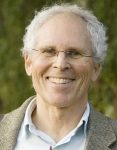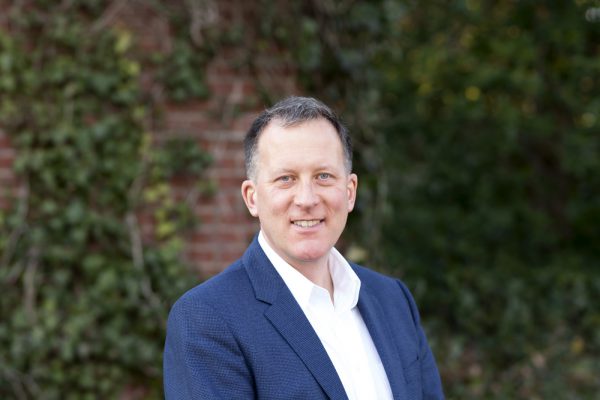

Art in the Anthropocene

Malcolm Warner and his talented staff have given Lagunans and out-of-towners another Art & Nature extravaganza. This may not be a university town like Irvine and others, but in many ways Laguna provides us the intellectual and aesthetic stimulation of such places of learning. That was certainly the case on the evening of Nov. 8, when Dr. Alan C. Braddock, associate professor of art history at the College of William and Mary, spoke on “From Nature to Ecology: The Emergence of Ecocritical Art History.”

For me, Professor Braddock reframed the annual Art & Nature program by insinuating it into a whole new time span: the Anthropocene—the current geological epoch during which human activity has become the dominant force in climate and the environment. Nature in its idealized, pristine form scarcely exists at this time; so Braddock and some other art critics are speaking and writing more about “ecology,” that is, the complex web of interrelationships between humans and the much-wounded physical world. Interesting enough, but what in concrete, practical terms does this new epoch mean?
It means that artists, like scientists, realize the “dire environmental crisis we face today.” Braddock then proceeded to give the clearest, most arresting example of what he was talking about: the recent Getty fire in Los Angeles County. Braddock is a prestigious Getty Scholar, who while studying at the famed museum by that name, located near the UCLA campus, was forced to evacuate quickly with his colleagues as flames from the nearby wildfire approached the institution. Acrid smoke filled their lungs; their dread and sense of urgency was palpable, not just academic and theoretical. On a large screen, Braddock showed us the raging flames near the Getty. Scientists have been warning that wildfires like this one are likely to increase and burn more intensely due to human-caused global warming, the speaker noted. Similar events globally are becoming common fare in the news media; the Getty fire is only a microcosm of the combustions on a warming Earth.
OK, but what does this mean for art? Braddock said “today’s environmental emergency,” which drives Central American migration to the United States, presents “a challenge and opportunity for artists.” The challenge is for artists to not let the magnitude of the crisis drive out nuance, subtlety, and complexity in their paintings, sculptures, photographs, and other creative works. The temptation to become too didactic or prescriptive or preachy, he seemed to say, ought to be tempered for the sake of art itself. In his remarks, he was less clear about the opportunity the environmental crisis affords artists; instead, through evocative colored slides, he showed us the creativity spawned by dystopian, Anthropocene visions.
Xavier Cortada’s ice paintings appeared in several slides, portraying in white and blue hues the melting of Antarctica’s ice sheet. The polar region’s subtly changing colors raised the question in my mind: what does less white and more blue mean for island and coastal nations? More powerful and revelatory in terms of First People’s perspectives was female Indian artist Jaune Quick-to-See Smith’s painting “Browning of America” (2000). The slide of this mixed media on canvas map showed a desiccated America in brownish tones with blackened coastlines. Cultural oppression and desecration of Nature are themes of this artwork, which raises questions about environmental injustice.
The slides Braddock showed and his commentaries on them appear in the book he co-authored with Karl Kusserow on sale at LAM, “Nature’s Nation: American Art and Environment.” My signed copy will provide me with many hours of fascinating reading.
Going online to LAM’s website, readers can learn about all the current exhibits related to this year’s outstanding Art & Nature program. That program stirred me out of my comfort zone at times, but isn’t that one of the many purposes of art, especially in the Anthropocene?
Tom Osborne is an historian of California, the Pacific, and the environment. He is writing a history of environmentalism in the Golden State and is a co-leader of the new Laguna chapter of Citizens’ Climate Lobby: citizensclimatelobby@gmail.com
LINK TO ORIGINAL ARTICLE: https://www.lagunabeachindy.com/green-light-42/